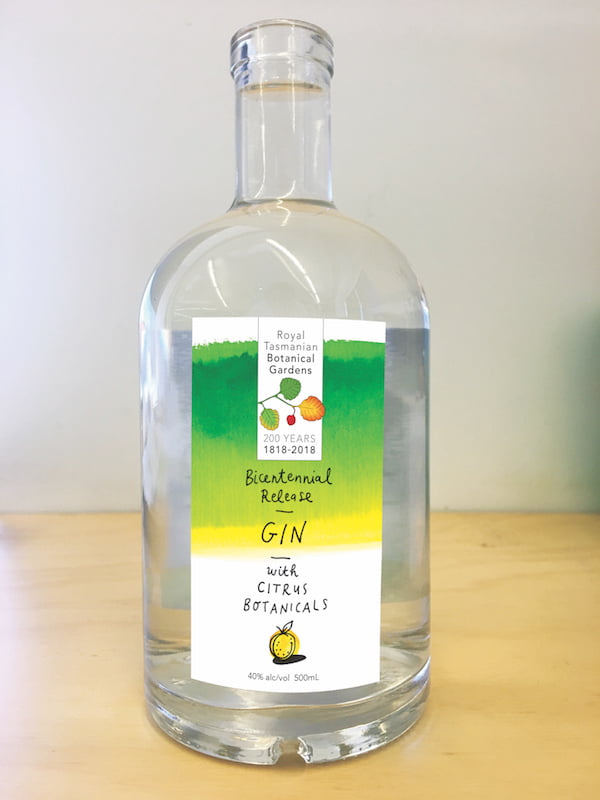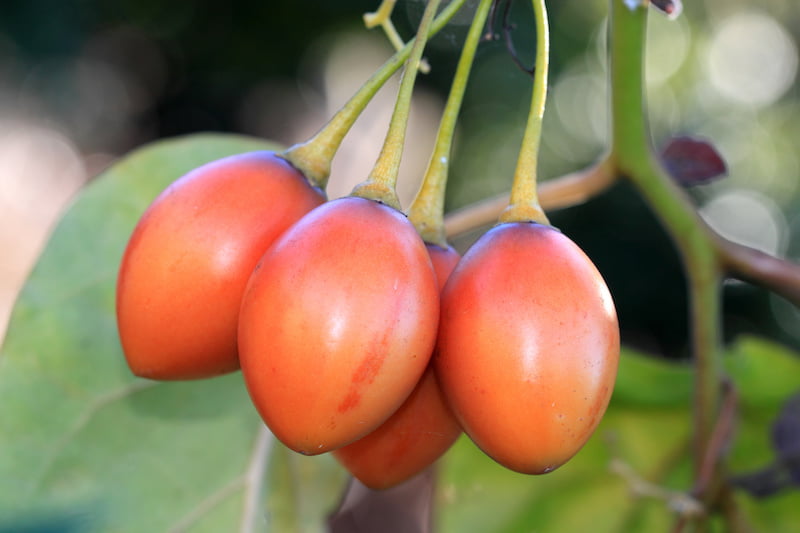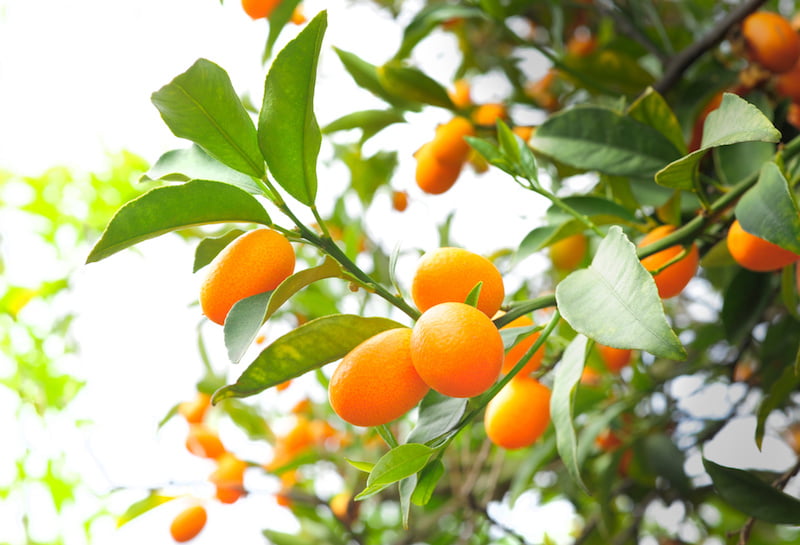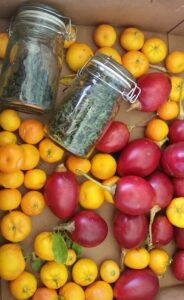Gin flavoured with botanicals is on trend right now and Tasmania is developing some cracking products. The latest flavour sensation is a gin distilled by Kristy Booth-Lark from Killara Distillery for none other than the Royal Tasmanian Botanical Gardens.
Kristy is the daughter of legendary Tasmanian distiller Bill Lark and is quietly chalking up a few accolades of her own including 2010 runner up Young Member of the Year from the Institute of Brewing and Distilling and the Next Generation Award from Family Business Australia in 2010. She has been distilling spirits for some 17 years but started her own Killara Distillery in 2016. She launched her first gin in early 2017.

A gin flavoured with fruits from Hobart’s botanic gardens has been produced to celebrate the Gardens’ bicentenary this year.
Courtesy RTBG
Distilling is definitely in her blood. “I started to learn whisky production from my dad. At the same time mum taught me how to make all the other products we had available at that time including apple schnapps, apple liqueur, cherry max, slainté and of course whisky liqueur, gin, vodka and brandy.”
She soon took over all of their production and became head distiller at Larks in late 2005. After the sale of the family firm and a move to New South Wales with geologist husband Joe she decided to start her own business. Her Killara Distillery is named after the street where Tasmania’s first modern whisky distillery was licenced and where she grew up with a huge still outside her bedroom door.
“The still I have chosen is a similar design to that still, though mine is a little bigger and has a few improvements added,” she notes.
Bicentenary celebration
When Kristy was approached by the Royal Tasmanian Botanical Gardens to produce a gin to celebrate the Gardens’ Bicentenary, which is being marked this year (2018), she visited the Gardens looking for botanical inspiration.
Two fruits took her eye – cumquat and tamarillo. She says she’d never used either before to flavour gin and so was keen to give them a try. When she returned to Killara with a box full of fruit from the gardens she set to work distilling each fruit individually.
To distill fruit it needs to be chopped then steeped in alcohol. The cumquats were simple enough – just chopped in half and put into the distiller but she admits the tamarillo was a bit messy. Tamarillo (Solanum betaceum) is also known as tree tomato.

Tamarillo, a slightly tart fruit that’s been used to impart a unique flavour to the Royal Tasmanian Botanical Gardens’ Bicentennial Release Gin.
“It looks a little like a plum but has a sharp flavour,” she says. To ready it for distilling she peeled the tamarillo then removed the black seeds before chopping the flesh.
She says the cumquat was an immediate favourite with a sweet, citrus flavour but the tamarillo produced a green herby flavour Kristy describes as interesting and earthy.
“It balanced the sweetness of the cumquats very well,” she adds.

Cumquats can be distilled to add a sweet citrus flavour to gin.
Gin is flavoured with juniper berries but to create the specially flavoured Bicentennial gin, Kristy also combined the distilled cumquat and tamarillo with lemongrass, chamomile, coriander and orris root (from a species of iris) to create a balanced flavour. All grow in the Gardens.
Her current favourite flavours are cumquat, ruby grapefruit and chamomile. “I love the cumquat on its own and also ruby grapefruit,” she explains. “Chamomile is also great, it’s slightly sweet and gives gin a hint of sweetness.”
“I’m urging the Gardens to grow some juniper for gin too,” she adds.
The limited edition Bicentennial Release Gin launched on March 16. Kristy is planning to visit the gardens throughout the year seeking more floral and fruit inspiration for future gins. At the moment she is working with Tazzie berries (myrtle berries) and green tea, both from plants in the gardens, and is also hoping to create a gin imbued with the flavour of some of Tasmania’s native plants.

Fruit picked and ready for use in the gin. Image the Royal Tasmanian Botanical Gardens.
